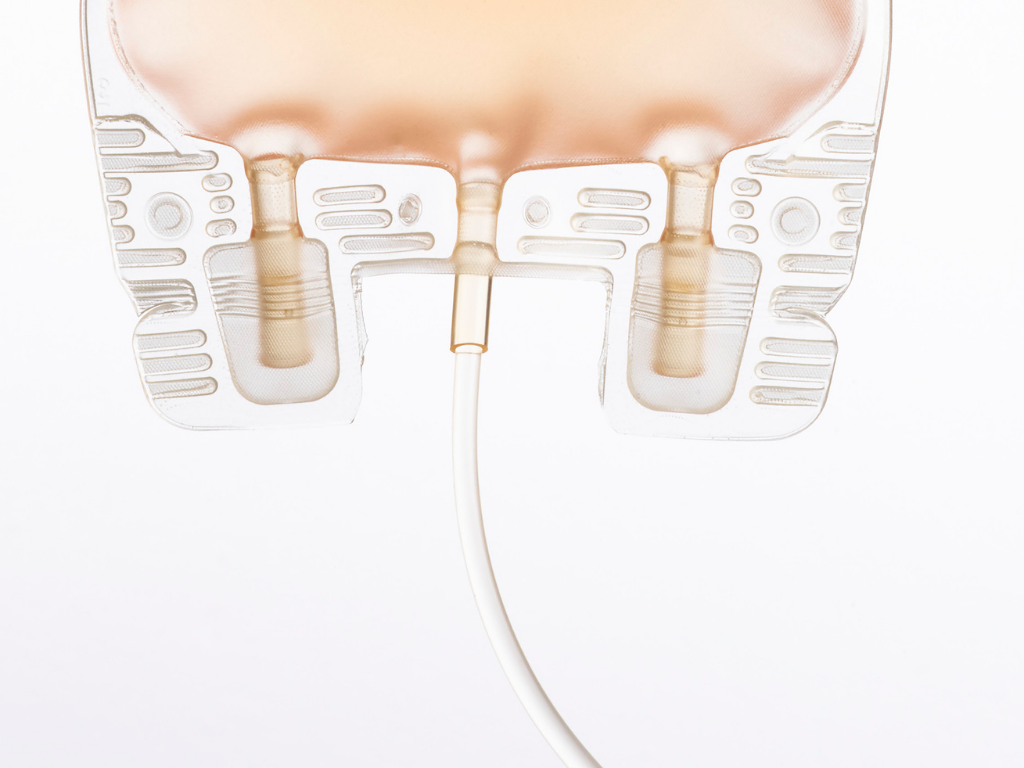Convalescent plasma, first discovered in the 19th century, authorized for use in fight against coronavirus
A doctor’s reaction to a potential epidemic almost 90 years ago forms the basis for one of the few therapies for patients with COVID-19 today. That therapy was in the news recently, as the FDA issued an emergency use authorization for it on Sunday, Aug. 23, with the goal of making it more widely available.
Back in 1934, Dr. J. Roswell Gallagher, staff physician at a boys’ school near Philadelphia, knew he had to act fast when one boy came down with the measles, then gave it to two others in the school’s infirmary.
So he looked back to science from the turn of the 20th century. Research showed that “antiserum” – plasma, the liquid part in the bloodstream – could be used to prevent or treat diseases.
Gallagher collected and purified plasma from the first boy to recover from the measles and gave it to 62 other students.
Three developed mild symptoms. No one else got sick.
‘Antiserum’ therapy makes a comeback
As patients began suffering from COVID-19 earlier this year, Dr. Arturo Casadevall, chair of Molecular Microbiology and Immunology at the Johns Hopkins Bloomberg School of Public Health, remembered the lessons Gallagher had practiced decades ago.
Casadevall proposed bringing back “antiserum” – now known as convalescent plasma – as a treatment in an op-ed article in the Wall Street Journal in late February.
As reported on the Johns Hopkins University site The Hub, Casadevall’s idea spread quickly.
Teams were assembled, protocols were defined and groundwork was laid for a clinical trial using convalescent plasma to fight COVID-19, including the clinical trial being run by the Mayo Clinic, of which the South Texas Blood & Tissue Center is a part.
Warp speed deployment, results
A clinical trial at Methodist Hospital in Houston was established for the use of convalescent plasma on March 24. Less than a week later, the first patients received it.
The first dose was collected at the South Texas Blood & Tissue Center in early April and quickly transfused to a seriously ill patient— who has since recovered and now is eligible to donate himself.
Nationally, tens of thousands of patients have received convalescent plasma. A preliminary look at patient data by the Mayo Clinic showed a 50 percent decrease in mortality rates in patients receiving the transfusions, especially if they receive plasma soon after a positive test.
